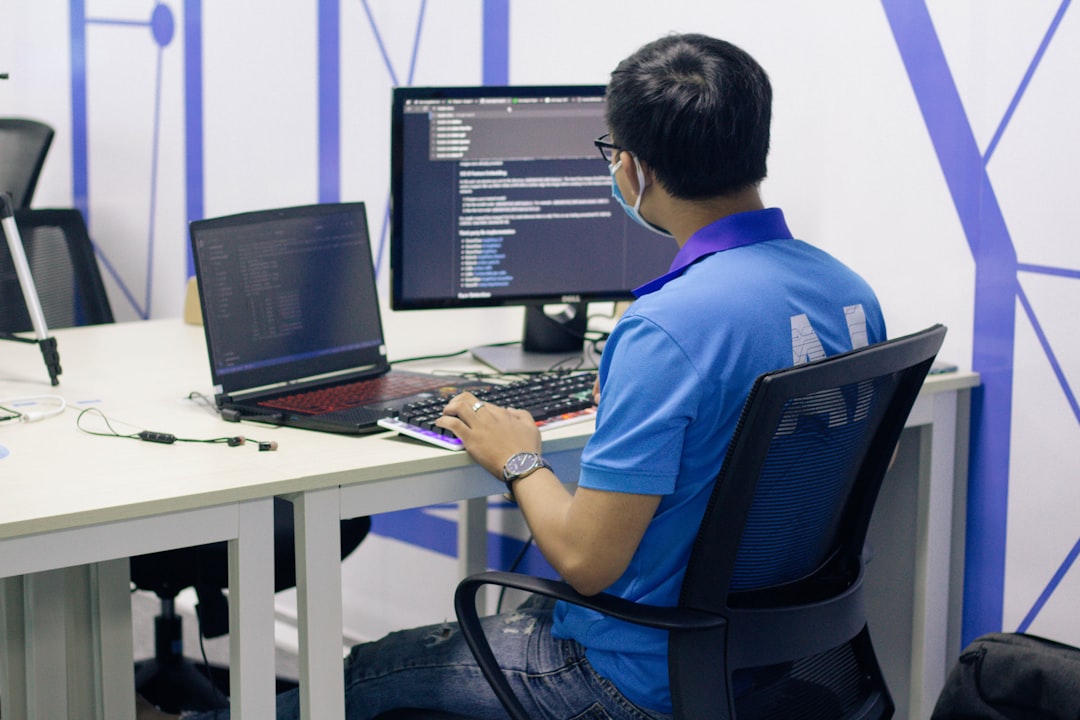Modern operating systems, particularly Windows, often contain a variety of pre-installed and third-party background applications to support device interoperability, automation, and third-party apps. While some of these programs serve essential purposes, others may appear suspicious or redundant. One program that users often encounter is AllJoyn, a framework developed by the AllSeen Alliance and maintained under the Linux Foundation to enable interoperability between IoT (Internet of Things) devices. While AllJoyn itself is harmless, problems arise when users attempt to remove suspicious or unnecessary programs—sometimes accidentally disrupting AllJoyn’s functionality.
This article explains how to identify and safely remove suspicious programs from your system without affecting critical components like AllJoyn. Understanding how dependencies work, how to evaluate processes, and use proper tools can ensure your system remains stable, secure, and fully functional.
Understanding AllJoyn: What Does It Do?
AllJoyn is an open-source software framework that allows devices and applications to discover and communicate with each other. It’s used in smart devices such as TVs, thermostats, smart lighting systems, and more.
- Device discovery: Enables devices to detect each other automatically.
- Cross-platform support: Works on Android, Windows, Linux, and other platforms.
- Real-time communication: Allows apps and hardware to exchange data seamlessly.
Since AllJoyn often comes pre-installed with modern Windows operating systems, its services may run in the background without user interaction. Removing suspicious programs without knowing their relation to AllJoyn can potentially interfere with smart home integrations or IoT-enabled apps.

Common Misconceptions About Suspicious Programs
Not all background processes are malware or bloatware. Many legitimate components use cryptic or technical names that may seem suspicious to the average user. Some common fallacies include:
- “Any process I don’t recognize must be harmful.”
- “Disabling services speeds up my computer.”
- “I never use IoT, so I don’t need AllJoyn.”
The reality is, while disabling certain features may seem harmless, it can lead to future instability, broken device communication, or performance issues—especially in networks using smart technology.
Step-by-Step Guide to Remove Suspicious Programs Safely
1. Create a System Restore Point
Before making any changes, create a restore point so you can revert the system back if necessary.
- Search “Create a restore point” in Start Menu.
- Select your system drive and click “Create”.
- Label your restore point (e.g., “Before suspicious program removal”).
2. Identify Suspicious Programs
Use the Task Manager and Program and Features list to identify running applications.
- Open Task Manager (Ctrl + Shift + Esc).
- Look under the Processes tab for any unfamiliar services.
- Cross-reference unknown processes using online databases such as Process Library or File.net.
Be particularly cautious with services tied to Microsoft or known systems like AllJoyn, as removing them can affect device connectivity.
3. Check Dependencies
Use the Services utility to see if a suspicious app depends on or is depended upon by other services, including AllJoyn.
- Press Win + R, type services.msc, press Enter.
- Find the suspicious service and right-click, then choose Properties.
- Review the Dependencies tab to check interconnected services.
If the service has dependencies linked to something like AllJoyn Router Service, proceed more carefully or seek professional advice.
4. Use Safe Removal Tools
Rather than going straight to Add/Remove Programs, consider using trusted tools that offer deeper insight:
- Autoruns – Visualizes all processes and their origins, including hidden autostart features.
- Revo Uninstaller – Thoroughly removes software and leftover files.
- Windows PowerShell – Can be used for precise removal with commands if you’re experienced.
5. Avoid Removing System-Level Services
When in doubt, Google the service name or check Microsoft’s official documentation. Services like AllJoyn Router Service or Connected Devices Platform Service are safe and necessary for certain system functions.

Recommendations for AllJoyn-Safe Cleanup
To ensure you don’t disrupt AllJoyn while cleaning your system:
- Whitelist AllJoyn related services in your antivirus or cleanup programs.
- Use reputable software cleanup tools that identify and classify programs clearly.
- Avoid disabling startup services if you’re unsure of their relationship to device interoperability.
Also, ensure your Windows is updated. Microsoft offers better service descriptions and interdependency tracking in the latest builds, helping you avoid accidental expansions of your “suspicious software” list.
Alternatives to Removal
If you’re hesitant to uninstall a program but suspect it might be unnecessary or affecting performance, consider the following:
- Disabling instead of uninstalling: Use msconfig or Task Manager to disable startup but retain program files.
- Sandboxing: Tools like Sandboxie let you isolate and observe programs before deciding to uninstall.
- Monitoring behavior: Applications like Process Monitor or Wireshark can detect suspicious network activity without immediate removal.
FAQ: AllJoyn and Suspicious Program Removal
- Q: What is the AllJoyn Router Service?
- A: The AllJoyn Router Service is a background Windows service that enables device-to-device communication using the AllJoyn framework. It’s safe and should not be removed if you use smart or IoT devices.
- Q: Can removing AllJoyn affect my smart home setup?
- A: Yes. Some smart TVs, thermostats, and other smart devices rely on AllJoyn to communicate. Disabling it may stop them from syncing correctly with apps or other devices.
- Q: How do I know if a program is part of AllJoyn?
- A: Research the program or service name online. Anything directly related to “AllJoyn” or “AllSeen Alliance” is likely a component of the framework and should be left alone.
- Q: What’s a good tool for identifying safe vs. unsafe programs?
- A: Tools like Autoruns, Malwarebytes, and Sysinternals Suite offer in-depth information about running services and their origin, allowing you to distinguish safe programs from potentially harmful ones.
- Q: Can I disable AllJoyn if I don’t use any smart devices?
- A: If you are certain you do not use any smart or IoT devices and have no future intentions of using them, you can disable the AllJoyn Router Service via services.msc. However, it’s advised to simply leave it enabled unless it causes a problem.
Precaution, verification, and structured decision-making are key when cleaning your system of unnecessary software. By understanding what each component does and how they interconnect—particularly with systems like AllJoyn—you can maintain both system performance and smart functionality without compromise.


